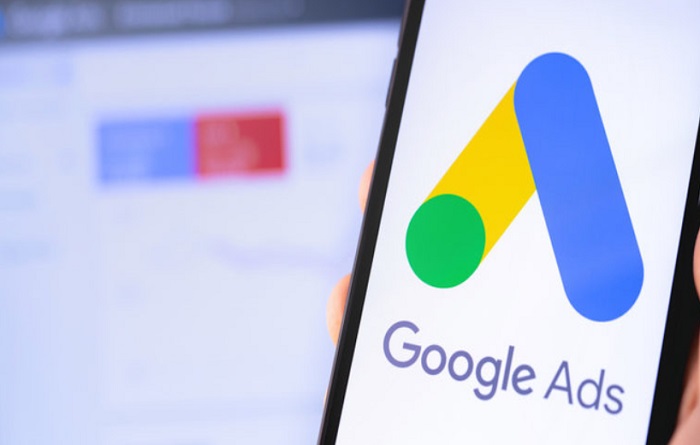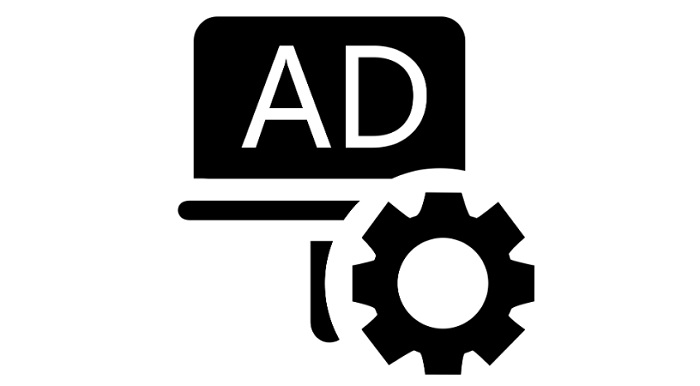According to Google, there should be a minimum of 3 ads per ad group. This is because there is no surety of a particular ad reminding the potential customer of some product. Therefore, these three ads are run along with an ad rotation strategy for optimized results.
Many digital marketers often face this problem as the answer to this question will have a great impact on their marketing campaigns. To understand how many ads should be implemented per ad group, we will analyze the ad campaign’s budget, objectives and target audience.
This article discusses practical tips on how to design effective ad campaigns and optimize them for maximum results. To answer how many ads should be implemented per ad group, you will have to read this article till the end.
How to Establish a Successful Ad Campaign
However, the ideal practice is to have 3 to 5 ads per ad group, and the one suggested by Google itself is to have at least three quality ads per group. Out of these two must be Expanded Text Ads and Responsive Search Ad to have a successful ad campaign. Responsive search ads are essential to check performance and analyze data to learn what resonates with the audience and help increase engagement in the campaign.
See also: What are the Characteristics of Responsive Display Ads?
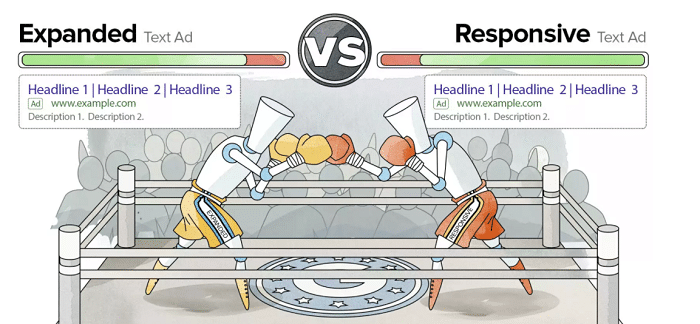
Apart from the number of ads per ad group, relevance is another critical factor. In order to respond to the topic of how many advertisements should be used per ad group, let’s look at an example of a responsive search ad. Let’s pretend that your company sells shoes, more precisely sneakers. A sneaker-loving customer is more likely to engage with a sneaker ad than a generic type of shoe ad. Specifying details regarding the sneaker your business offers will help the ad group campaign be more relevant. It will help to have high-quality advertisements, allowing engagement and better performance.
Now, we’ve established that it’s ideal to have at least 3 to 5 ads and multiple ads at times per ad group. Let’s look at the advantages of the same.
See Also: What’s A Key Objective In Delivering Ad Extensions?
More Qualified Clicks
Multiple ads generate multiple clicks for the ad campaign.
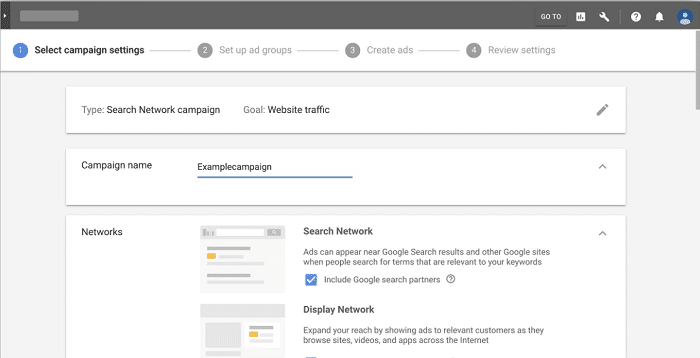
It targets a specific audience and a range of audiences. It will satisfy the user experience and help understand which kind of message or ad works best for the campaign.
Test Ad Copies
Considering our first point again, multiple ads help engage various audiences. Having numerous ads in an ad group helps collect and analyze the data about the engagement.
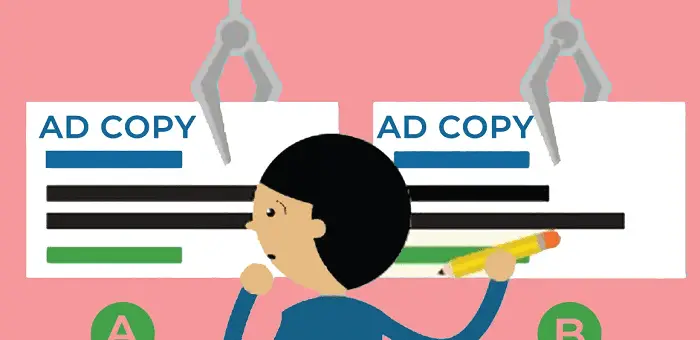
It helps optimize the performance further by knowing which ad targets a considerable amount of consumers.
See Also: What is the cost of Advertising in Newspaper?
Theme
When it comes to a targeted audience, structuring is an essential feature, under which comes themes of ad groups. Most people structure their ad campaigns to target an audience with relevant products under some categories. Ad groups should have the same structure and theme to maintain uniformity.
Targeting the Search Terms
The campaign changes to match the search terms when numerous ads are in an ad group with different text and descriptions.

Also, users should take advantage of the ad rotation feature by Google. t will enable the adverts to rotate on schedule and lower the likelihood that the same targeted audience would see the same advertisement twice. And helps expand the audience reach.
Different Ad Types
Apart from the plain text ad, there are various types available. Since multiple ads exist, we can’t just stick with images or text ads. There is a need to have variations and utilize the other types present.
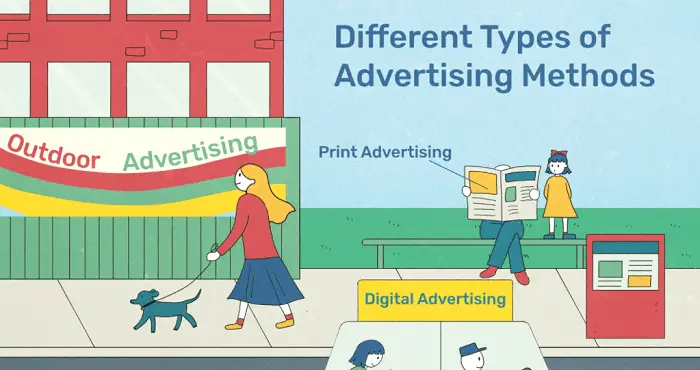
Some are video ads, image ads, dynamic ads, and more.
Keywords
It is advisable and ideal to have a keyword that targets your audience and is a core purpose of your business. In our example of sneaker business, the shoe is a generic keyword, but sneakers can be considered as keywords.

There is a potential that the ad won’t be considered during search keywords if its concentration is on a very general phrase used as the keyword.
Setting Up Google Ads’ Ad Rotation
Choose “Additional setting” when creating a new PPC campaign in Google Ads to start fresh with your ad rotation.
But if this is for an ongoing campaign, you can adjust your rotation settings by doing what is described below:
- To begin, launch Google Ads.
- Choose a campaign.
- Choose Settings > Campaign Settings.
- Choose “Edit” from the top menu bar after selecting the movement that needs to be changed. From the drop-down option, select “Change ad rotation.”
- Adjust the setting here, then click “Apply” to adjust.
Which Is Preferable Between Rotating Ads And Optimizing Ads?
When Google Advertisements is set to Optimize, only the ads with the highest click-through rates (CTR) will appear more frequently than those in the ad group. However, success is only sometimes shown by clicks. Alternatively, enhancing conversions such as leads, sales, downloads, and sign-ups would be best.
No matter how many ads you have in any ad group, Google will ensure they appear equally frequently through ad rotation. Since the platform can determine which advertisements are most effective for your objectives, doing this can result in more significant financial gain.
Because the commercials rotate, each is viewed 2,000 times in a month. The outcomes that you can anticipate are as follows:
Ad A received 2,000 impressions, a 3.0% CTR, and 60 clicks.
2,000 images, 1.75% CTR, and 35 clicks for ad B
Four thousand impressions total for the ad group. 95 total clicks and an average CTR of 2.37%
Benefits Of Optimizing Ads
In this situation, Google favors Ads more frequently due to its greater CTR. Thus, this Ad will generate more clicks. But what counts are conversions? To determine whether these clicks result in conversion, you should closely monitor them. If not, spending more money on marketing with minimal return on investment is an option (ROI).
Manage Your Account Using Ad Groups
By organizing your account, you can target the right customers with relevant ads and track the success of your marketing campaigns.
When someone searches online and types a term or phrase, they seek content directly related to those words. For instance, if Eric searches for digital cameras and comes across an ad for film reels, he will probably not click on it.
Make an ad group out of similar advertising and related keywords to display ads pertinent to the searches of the individuals you are attempting to target. Customers looking for comparable items will then see all of your linked advertising.
What Privileges Does The Ad Group Possess?
Instead of individually granting permissions to each user one at a time, AD security groups allow network administrators to manage permissions, policy settings, and group access to shared resources among a group of users or devices all at once.
Are There Owners For Ad Groups?
There should never be an unassigned owner for an Active Directory group, and a group owner explicitly bears accountability for the subjects and things that fall under the group’s purview.
Conclusion
How many advertisements should be used per ad group? Let’s review the key components of increasing engagement on advertising campaigns as we draw to a close. The first and foremost is structuring the ad campaign properly; the next is to have at least 3 to 5 relevant ads per ad group. Lastly, multiple ads per ad group must be specific and relevant to the targeted audience.
When dealing with different advertising inside the same ad group, keywords should once more be taken into account since they assist in targeting a certain audience ad groups that are assisting in audience engagement should be chosen. It optimizes the overall performance of the ad campaign and helps serve a range of audiences effectively.
See Also: What Is A Good ROAS (Return On Ad Spend)?
FAQs
What is the difference between a campaign and an ad group?
Ad groups are positioned at one level below campaigns in the account structure, which is the biggest difference. While ad groups manage the bids/CPC, audience/targeting, placement, and delivery methods selected to draw in the audience, campaigns directly control the objective and budget.
What is Google Ads hierarchy?
Account, campaigns, and ad groups are the three divisions that make up Google Ads. An exclusive email address, password, and payment information are connected to your account. Where your advertisements are presented depends on the budget and settings for your campaigns.


